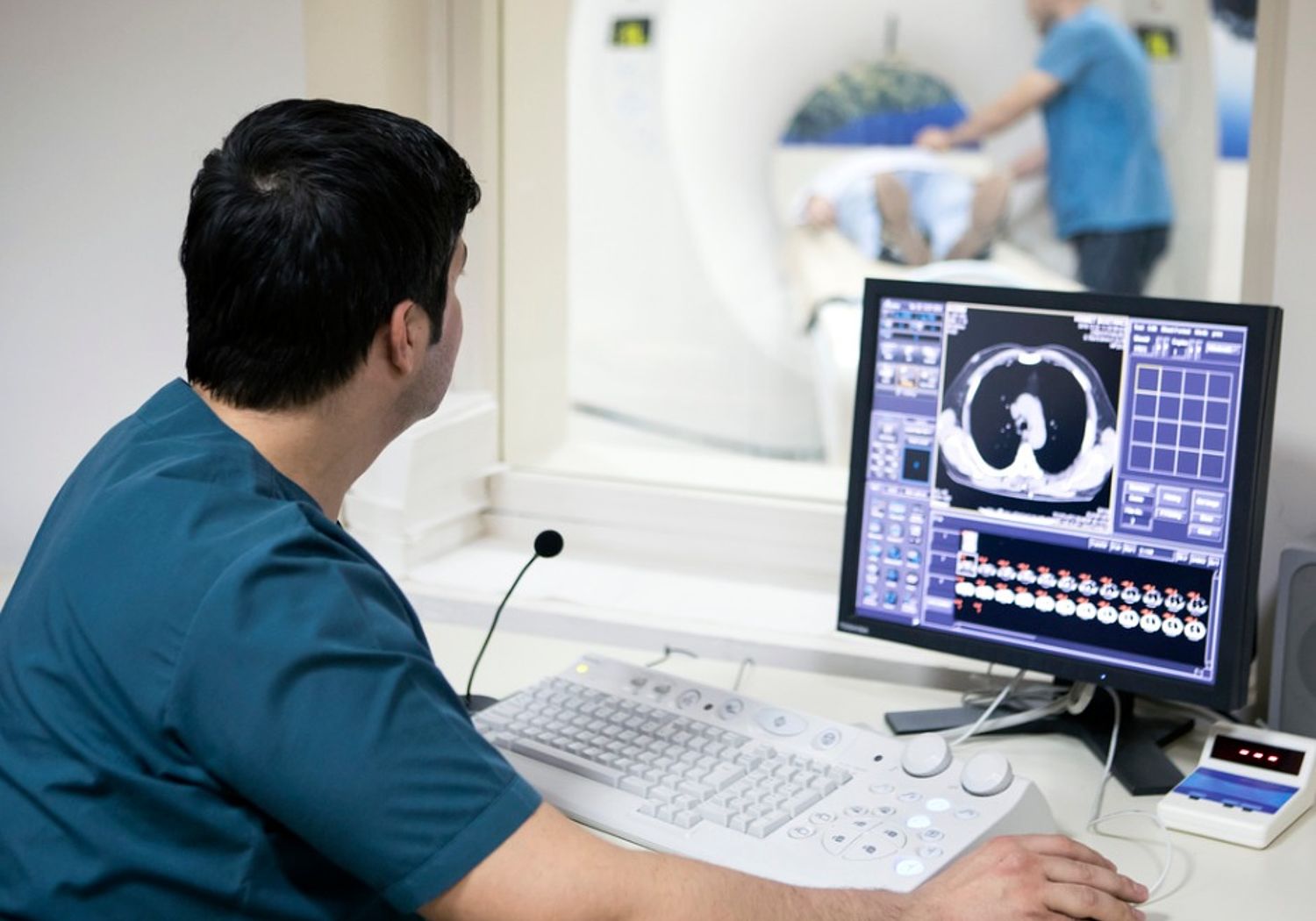Procedures allowing medical implant manufacturers to demonstrate compliance with MRI safety regulations
Procedures allowing medical implant manufacturers to demonstrate compliance with MRI safety regulations

In the EU alone, the market for medical implants is worth 3 billion Euros. Of the 50 million European citizens carrying such devices, the majority will at some point receive an MRI scan (Magnetic Resonance Imaging). Due to MRI magnetic field and radio wave interactions with some implants, product compatibility is a key consideration for patient safety.
Scanning interference hazards could be further reduced with updated regulations, and currently time-consuming compliance testing methods discourage manufacturers from creating new products for the implant market.
This project developed the test methods needed to demonstrate implant compatibility with MRI scanning for improved patient safety.
By improving models of human subjects with implants, and validation of computer modelling by comparison with test implant measurements, the project results feed into new and existing international standards for MRI safety regulations.
With an additional, simpler compliance-checking process for small implants (< 10 cm), many European manufacturers will benefit from the outcomes of this project.
Physics in Medicine & Biology
Computer Methods and Programs in Biomedicine
Diagnostics
Physics in Medicine & Biology
National Physical Laboratory
Physics in Medicine & Biology
Applied Mathematical Modelling
Magnetic Resonance in Medicine
Magnetic Resonance in Medicine
Magnetic Resonance in Medicine
Magnetic Resonance in Medicine
Magnetic Resonance in Medicine
Physics in Medicine & Biology
Participating EURAMET NMIs and DIs
INRIM (Italy)
NPL (United Kingdom)
PTB (Germany)
Other Participants
Istituto Ortopedico Rizzoli (Italy)
ZMT Zurich MedTech AG (Switzerland)
Information
